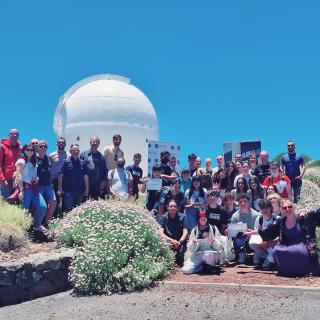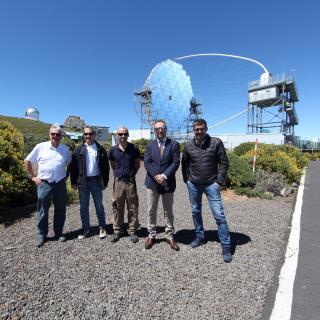
After the meeting, which was attended by representatives of various scientific institutions of reference, both regional and national, the minister and his team visited the facilities of the Gran Telescopio de Canarias and the William Herschel telescope. Last July 19, 2022, the Minister of the Presidency, Relations with the Courts and Democratic Memory, Félix Bolaños, went to the Roque de los Muchachos Observatory, in the municipality of Garafía. There he held a meeting with the scientific community that carries out research in La Palma in order to better understand how this community can
Advertised on




